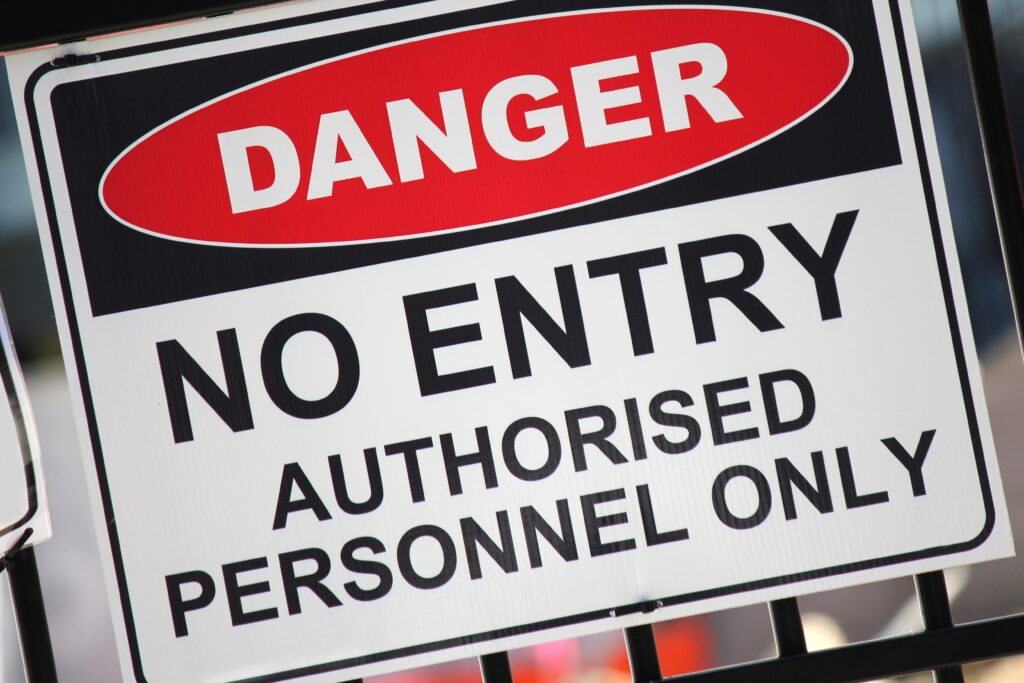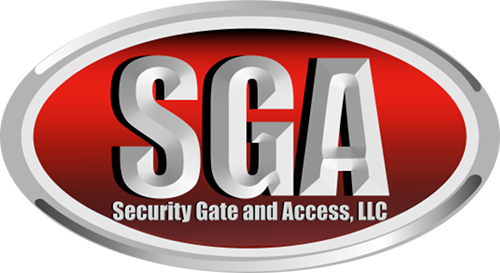
Table of Contents
In an increasingly complex security landscape, agencies face unique challenges in securing government assets. Implementing a comprehensive security system is essential to protect sensitive information, personnel, and infrastructure. This Q&A guide explores the critical components of effective security measures—access panels, surveillance cameras, electrified fencing, and security gates—and explains why partnering with Security Gate & Access is the best choice for government agencies seeking robust and reliable security solutions.
Q1: Why are access panels important for securing government assets?
A1: Access panels are crucial because they control and monitor who can enter specific areas within a government facility. These systems use keycards, biometric scanners, or PIN codes to verify identities and grant access. For example, in high-security environments like government research laboratories, biometric access panels ensure only authorized personnel can enter sensitive areas, preventing unauthorized access and tracking staff movements for enhanced security and accountability.
Q2: How do surveillance cameras enhance security for government facilities?
A2: Surveillance cameras provide continuous monitoring and recording of activities around and within government properties. Equipped with high-definition video, night vision, and motion detection, these cameras offer real-time monitoring. At border checkpoints, for instance, surveillance cameras capture detailed images of vehicles and individuals, while thermal imaging cameras detect unauthorized crossings in low-light conditions. This constant surveillance deters illegal activities and helps quickly identify and apprehend suspects.
Q3: What role does electrified fencing play in securing government assets?
A3: Electrified fencing adds a critical layer of security by creating a physical and psychological barrier. These fences deliver a non-lethal electric shock to deter and delay intruders, allowing security personnel to respond promptly. Military bases, for example, use electrified fences around their perimeters to prevent unauthorized entry and detect tampering attempts. Integrated with alarm systems, these fences alert security teams to potential breaches, ensuring rapid response and minimizing intrusion risks.
Q4: How do security gates control access to government facilities?
A4: Security gates serve as the first line of defense at entry points. Automated gates with advanced control systems regulate the flow of vehicles and pedestrians, ensuring only authorized individuals gain entry. For instance, at government office complexes, security gates with RFID readers scan employee badges, while gates with intercom systems allow guards to verify visitor identities and purposes before granting access. Controlled access reduces unauthorized entry risks and enhances overall security.
Q5: Why should government agencies choose Security Gate & Access for their security system projects?
A5: Security Gate & Access is the ideal partner for several reasons:
1. Expertise and Experience: They bring years of experience in designing, installing, and maintaining complex security systems tailored to government needs.
2. Customization and Integration: They offer customized solutions that seamlessly integrate access panels, surveillance cameras, electrified fencing, and security gates into a cohesive security network.
3. Advanced Technology: They leverage the latest advancements in security technology, including high-definition cameras, biometric access panels, and sophisticated control systems.
4. Comprehensive Support: They provide end-to-end support from consultation and design to installation and maintenance, with a team available 24/7 for any issues.
5. Proven Track Record: They have a successful history of implementing security systems for various government agencies, making them a trusted partner in safeguarding sensitive assets.
Q6: Can you provide an example of how these elements work together in a government security system?
A6: Certainly! Consider a government office complex:
Access Panels: Ensure only employees with keycards or biometric clearance can enter sensitive areas.
Surveillance Cameras: Monitor all activities at entry points and within the complex, providing real-time video feeds.
Electrified Fencing: Surrounds the perimeter, deterring and delaying potential intruders.
Security Gates: Regulate the flow of vehicles and pedestrians, using RFID readers for employees and intercoms for visitors.
These elements work together to create a robust security framework, deterring intrusions, detecting suspicious activities, and enabling rapid response to threats.
Q7: How can government agencies get started with Security Gate & Access?
A7: To get started, government agencies can contact Security Gate & Access for an initial consultation. Their experts will assess the facility’s specific security needs and design a tailored solution that integrates access panels, surveillance cameras, electrified fencing, and security gates. With comprehensive support and a proven track record, Security Gate & Access ensures a safer, more secure environment for government facilities.
Ensuring the security of government facilities requires a multifaceted approach that integrates advanced technologies and expert solutions. By understanding the roles of access panels, surveillance cameras, electrified fencing, and security gates, and by choosing a trusted partner like Security Gate & Access, government agencies can create a fortified security environment. With their expertise, customized solutions, and unwavering support, Security Gate & Access stands ready to help protect your assets and uphold the safety and integrity of your operations. Contact Security Gate & Access today to begin fortifying your security infrastructure and securing a safer future.
